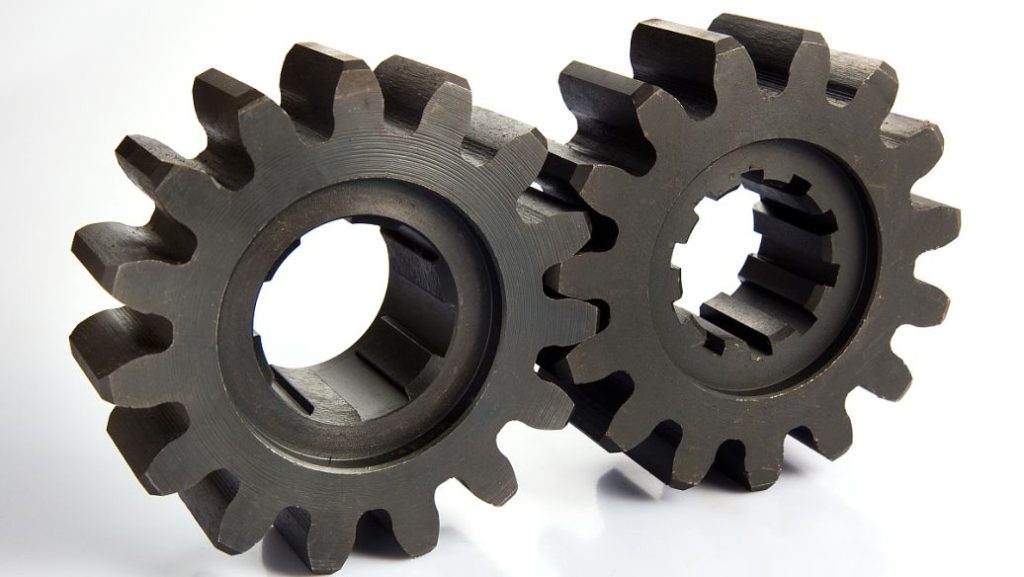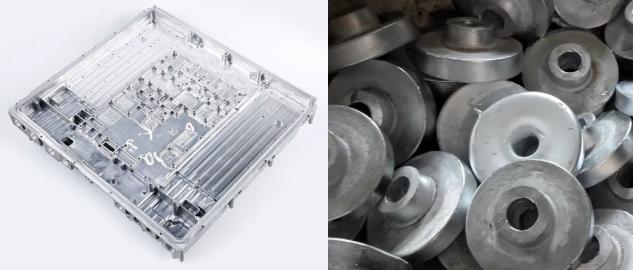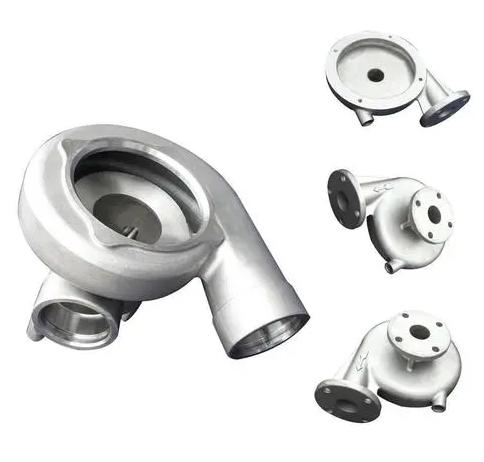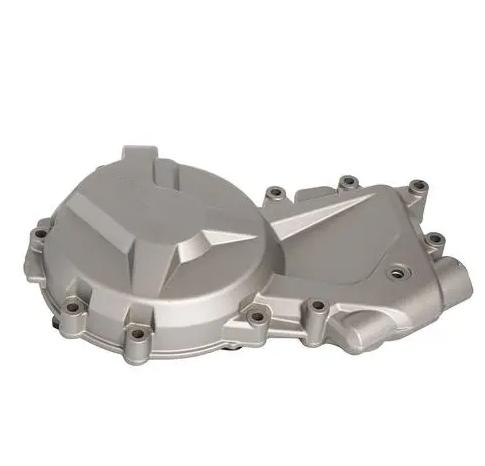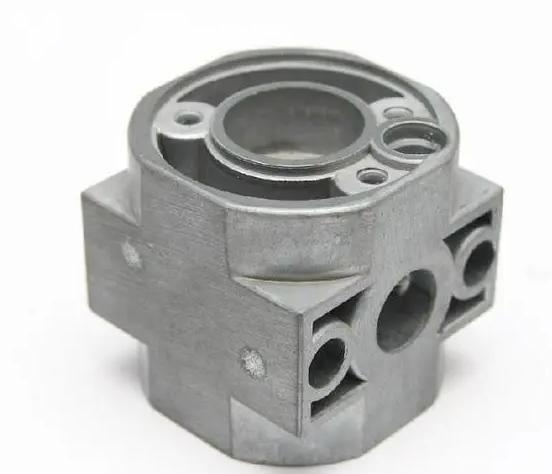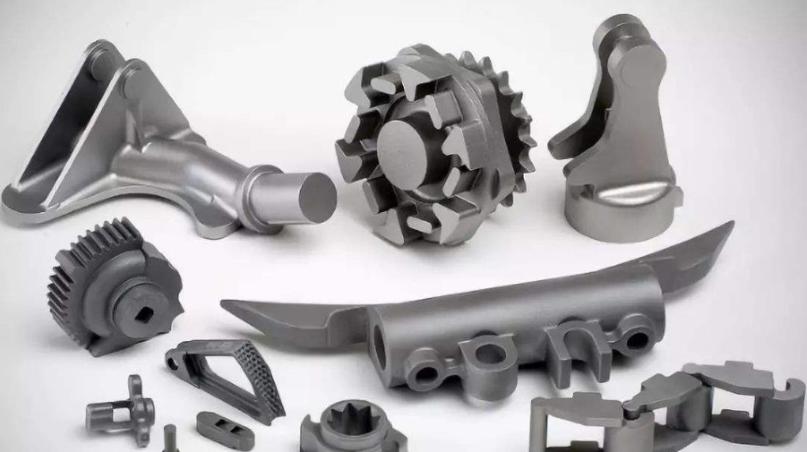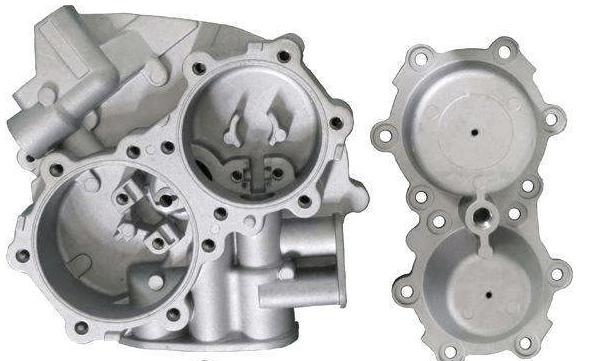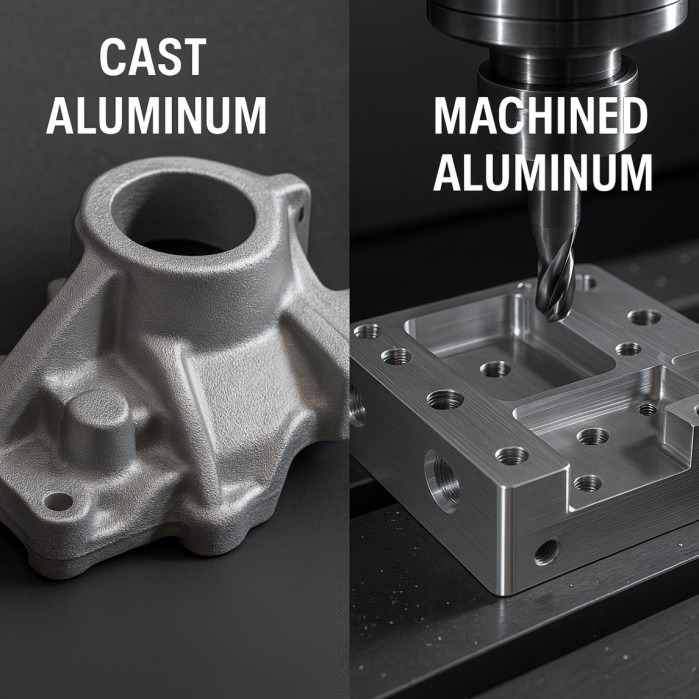The automotive industry has long relied on aluminum for its lightweight, durable, and versatile properties. Two primary methods of shaping aluminum for automotive components are casting and forging. Each process imparts distinct characteristics to the final product, influencing its performance, durability, and cost. Here we delves into the distinctions between cast and forged aluminum, their respective advantages and disadvantages, common automotive applications, and how to make the best choice for your automotive needs.
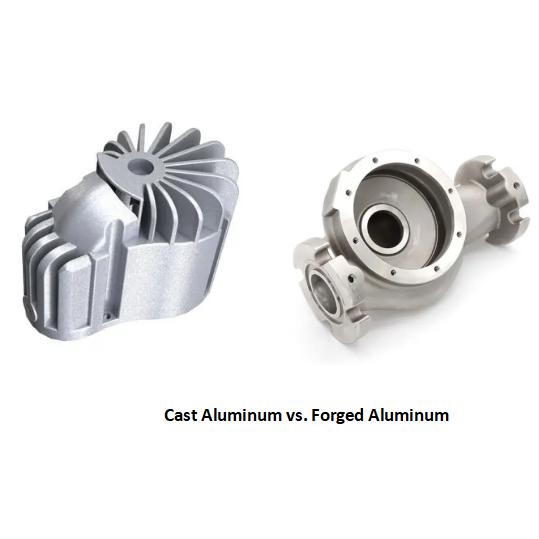
What is Cast Aluminum and Forged Aluminum?
Cast Aluminum
Cast aluminum is created by pouring molten aluminum into a mold, where it solidifies to form the desired shape. This process is cost-effective for producing complex shapes and achieving high material utilization.
| Advantages | Disadvantages |
| Cost-effective | Lower strength and durability compared to forged aluminum |
| Suitable for complex shapes | Potential for porosity and imperfections |
| High material utilization | Limited design flexibility in certain areas |
| Good for mass production |
Forged Aluminum
Forged aluminum is produced by shaping aluminum alloy under intense pressure, resulting in a denser and stronger material. This process enhances grain structure alignment, leading to improved mechanical properties.
| Advantages | Disadvantages |
| Superior strength and durability | Higher cost compared to casting |
| Excellent fatigue resistance | More complex manufacturing process |
| Consistent material properties | Limited to simpler shapes |
| Enhanced dimensional accuracy |
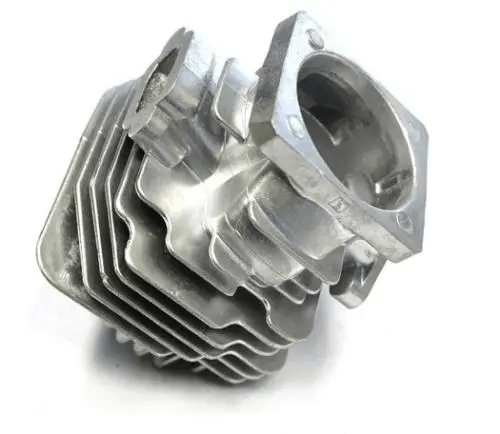
Comparative Analysis: Cast Aluminum vs. Forged Aluminum
Choosing between cast aluminum and forged aluminum involves understanding their distinct properties, manufacturing processes, and suitability for various applications. This detailed comparative analysis explores these differences and helps determine which type is better suited for specific automotive needs.
1. Strength and Durability
Cast Aluminum:
- Strength: The presence of potential defects and a less uniform grain structure means cast aluminum has lower tensile strength and is more prone to cracking under stress.
- Durability: Cast aluminum is generally less durable than forged aluminum, making it less suitable for high-stress applications.
Forged Aluminum:
- Strength: This process results in a denser, stronger material with superior tensile strength and impact resistance.
- Durability: The improved grain structure of forged aluminum makes it highly durable and resistant to fatigue, ideal for parts that experience high levels of stress and strain.
2. Weight and Efficiency
Cast Aluminum:
- Weight: Cast aluminum is typically lighter than forged aluminum, making it advantageous in applications where weight savings are crucial.
- Efficiency: The lighter weight of cast aluminum can contribute to better fuel efficiency in vehicles. However, the trade-off is in the lower strength and durability.
Forged Aluminum:
- Weight: Forged aluminum tends to be heavier due to its denser structure. While this might slightly increase the vehicle’s weight, the superior strength allows for thinner sections, which can help mitigate some of the weight differences.
- Efficiency: Although heavier, forged aluminum’s strength-to-weight ratio is excellent, offering high performance and reliability, particularly in critical components.
3. Cost and Manufacturing
Cast Aluminum:
- Production Cost: The casting process is generally more cost-effective, especially for producing complex shapes in large quantities.
- Manufacturing Complexity: Casting allows for the creation of intricate and detailed designs that might be challenging or impossible to achieve with forging.
- Economies of Scale: High-volume production runs benefit from lower per-unit costs, making cast aluminum an economical choice for mass-produced automotive parts.
Forged Aluminum:
- Production Cost: Forging is more expensive due to the intensive labor and machinery required. The costs are higher both in terms of materials and the forging process itself.
- Manufacturing Complexity: Forging is better suited for simpler shapes, and achieving complex designs can be more challenging and costly.
- Custom Manufacturing: While more expensive, forging can produce highly customized and precise parts, often used in specialized applications where performance is critical.
From the above factors, here is the conclusion:
| Feature | Cast Aluminum | Forged Aluminum |
| Strength | Lower | Higher |
| Durability | Lower | Higher |
| Cost | Lower | Higher |
| Complexity | Higher | Lower |
| Weight | Lighter | Lighter (generally) |
| Material Utilization | Higher | Lower |
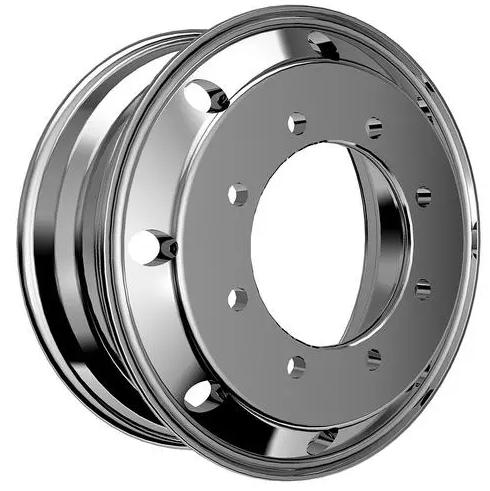
4. Applications in the Automotive Industry
Cast Aluminum:
Cast aluminum is widely used for parts where complex shapes and lighter weight are beneficial. This includes engine blocks, cylinder heads, transmission housings, and wheels. Ideal for applications that do not require extreme strength or where weight savings are more critical than maximum durability.
Forged Aluminum:
Forged aluminum is preferred for high-stress components that demand superior strength and durability. Common applications include suspension components, control arms, pistons, and wheel hubs. Best suited for critical structural parts that endure high loads and stresses, ensuring reliability and long-term performance.
Here are other cast aluminum and forged aluminum parts in Automotive:
| Application Area | Representative Cast Aluminum Parts | Representative Forged Aluminum Parts |
| Engine Components | Engine Blocks | Pistons |
| Cylinder Heads | Connecting Rods | |
| Intake Manifolds | Crankshafts | |
| Wheels and Rims | Alloy Wheels | High-Performance Wheels |
| Suspension | Suspension Arms | Control Arms |
| Suspension Links | ||
| Transmission | Transmission Housings | Gear Components |
| Gearbox Casings | Differential Housings | |
| Structural Components | Chassis Components | Subframes |
| Brackets | Cross Members | |
| Braking System | Brake Calipers | Brake Discs |
| Cooling System | Radiators | Radiator End Tanks |
| Water Pump Housings | Oil Coolers | |
| Fuel System | Fuel Pump Housings | Fuel Rails |
| Fuel Tank Components | Injector Housings | |
| Body Panels | Body Panels | Reinforcement Panels |
| Steering System | Steering Housings | Steering Knuckles |
Choosing between cast aluminum and forged aluminum depends on the specific requirements of the automotive application. Cast aluminum offers cost-effective production and lighter weight, making it suitable for non-critical components and mass production. In contrast, forged aluminum provides superior strength and durability, ideal for high-stress applications where performance and reliability are paramount.
Factors to Consider When Choosing
When deciding between cast and forged aluminum for automotive use, consider the following factors:
- Performance Requirements: Determine the strength, durability, and performance needs of the part.
- Weight Considerations: Evaluate the impact of weight on vehicle efficiency and performance.
- Cost Constraints: Balance the budget against the benefits of each type of aluminum.
- Manufacturing Complexity: Consider the feasibility of producing the required shapes and designs.
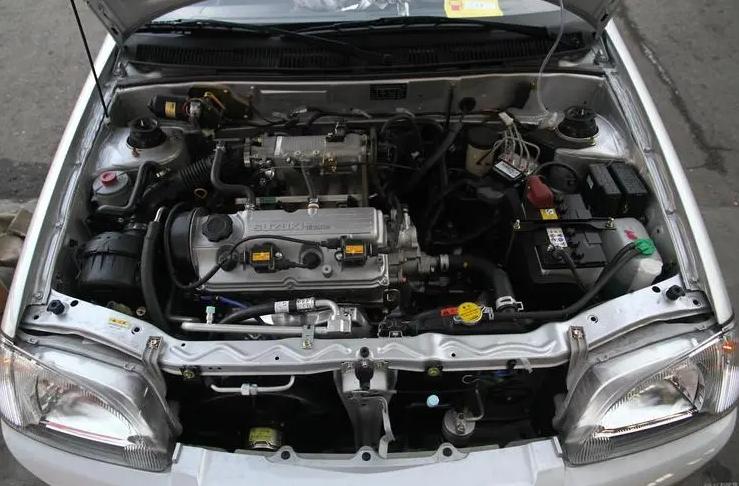
Your Cast and Forged Aluminum Service Provider – JTR
JTR is a leading service provider specializing in both cast and forged aluminum solutions for the automotive industry. With extensive experience and state-of-the-art facilities, JTR delivers high-quality aluminum parts tailored to meet the specific needs of their clients. Whether you require the intricate designs achievable through casting or the superior strength of forged components, JTR offers comprehensive services to ensure optimal performance and reliability in your automotive applications.


